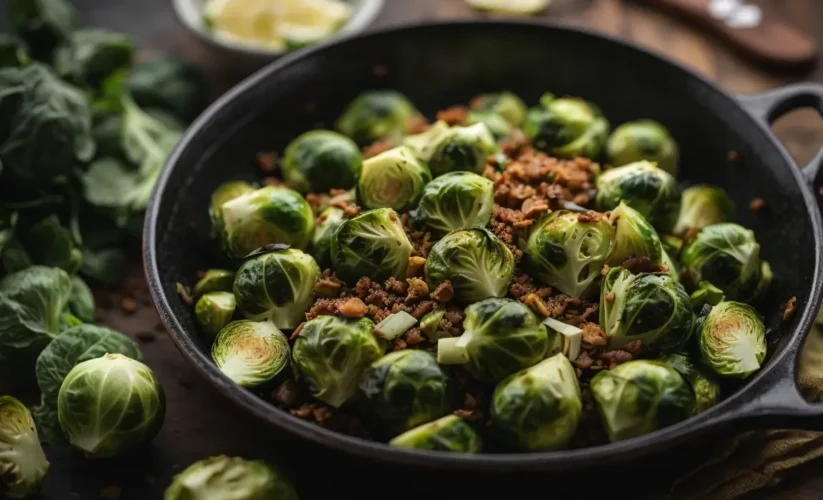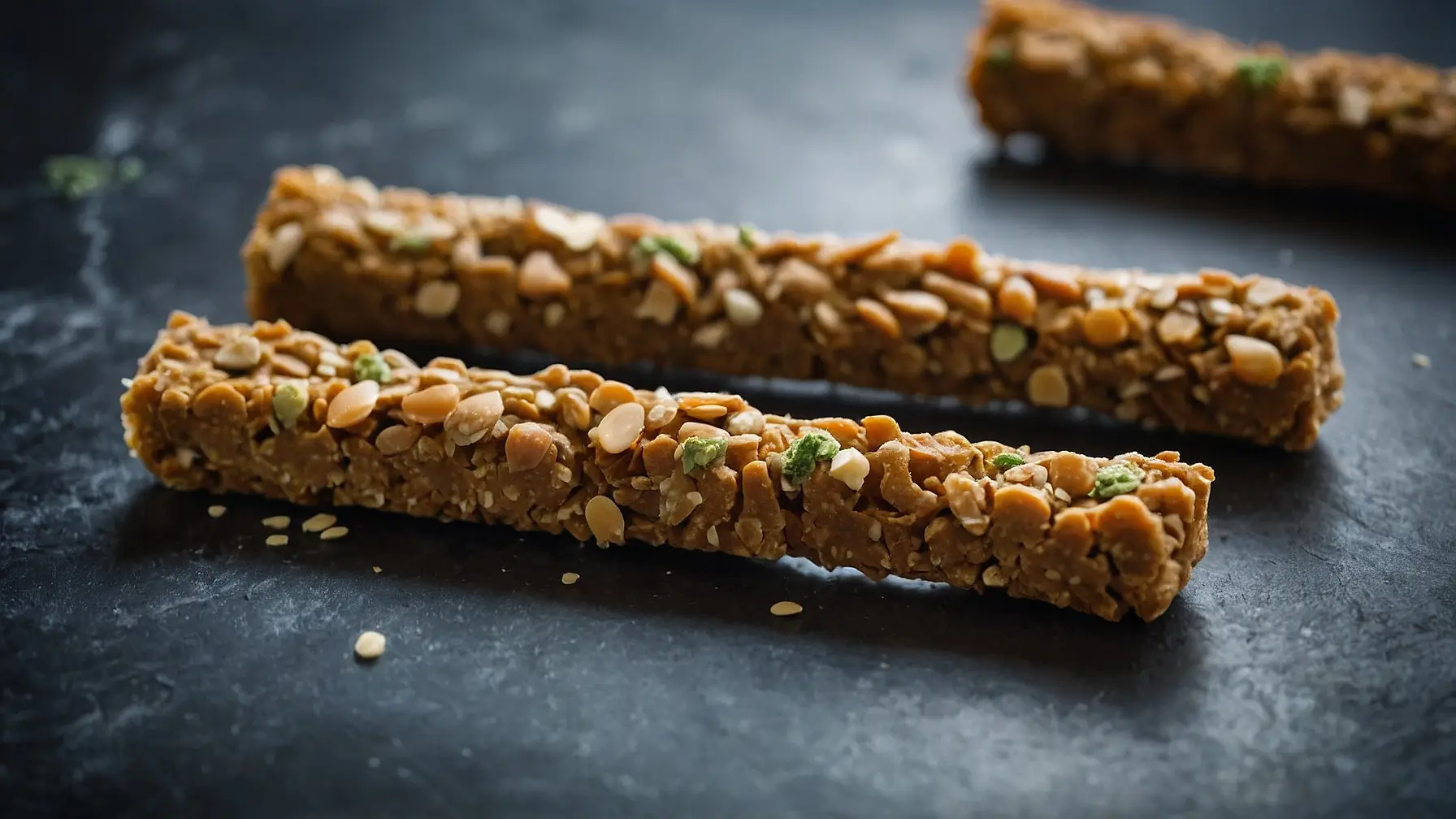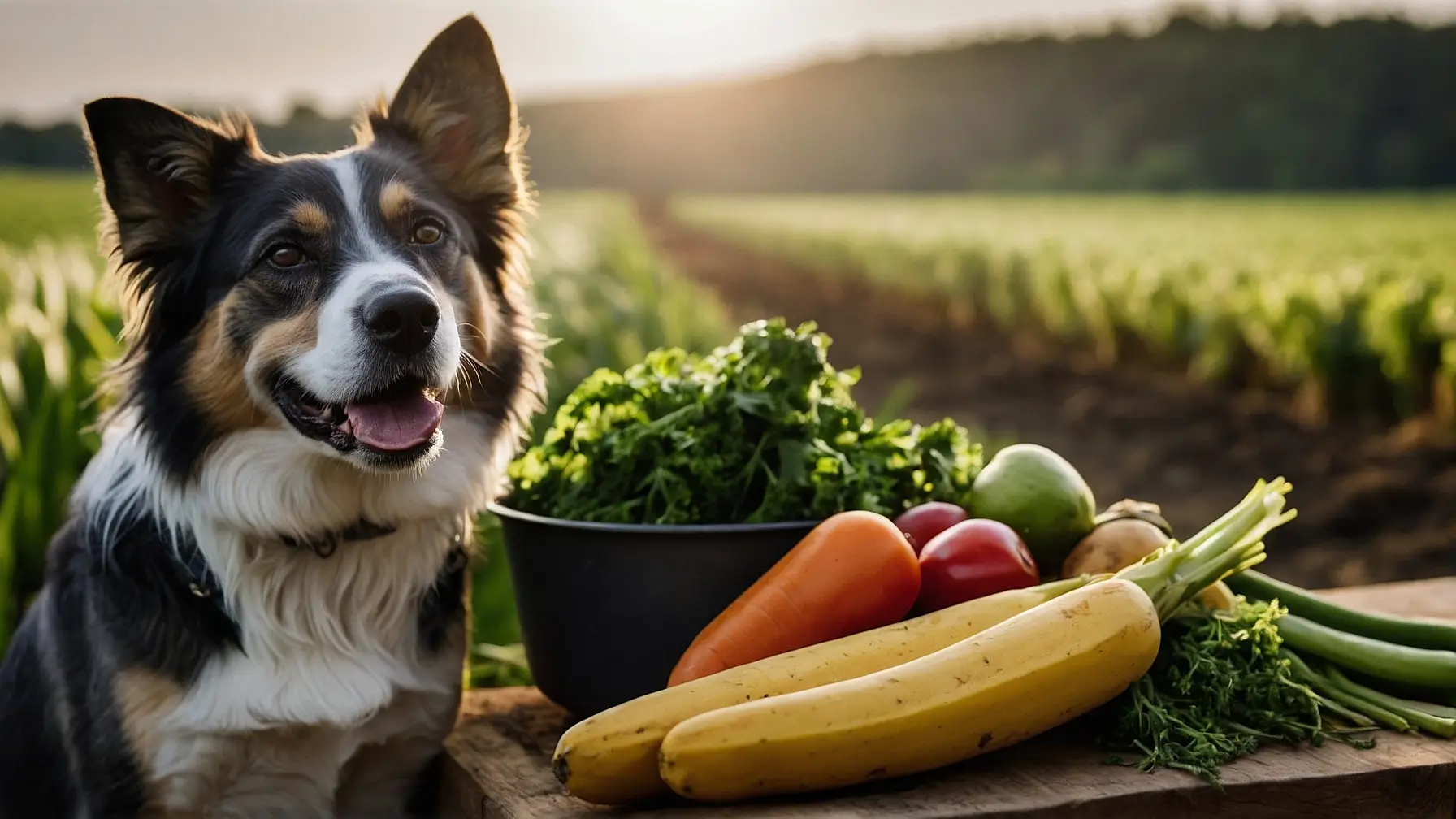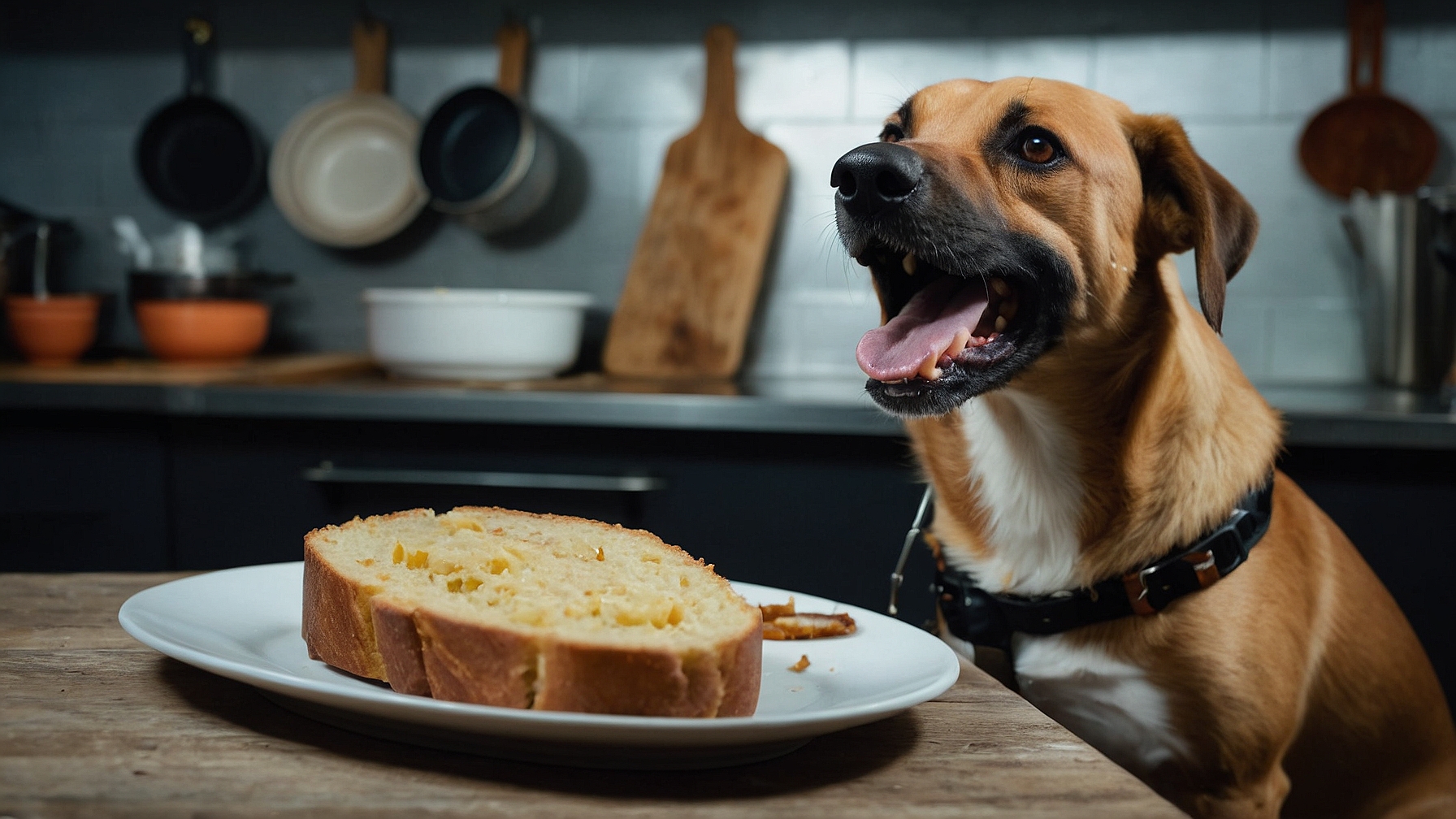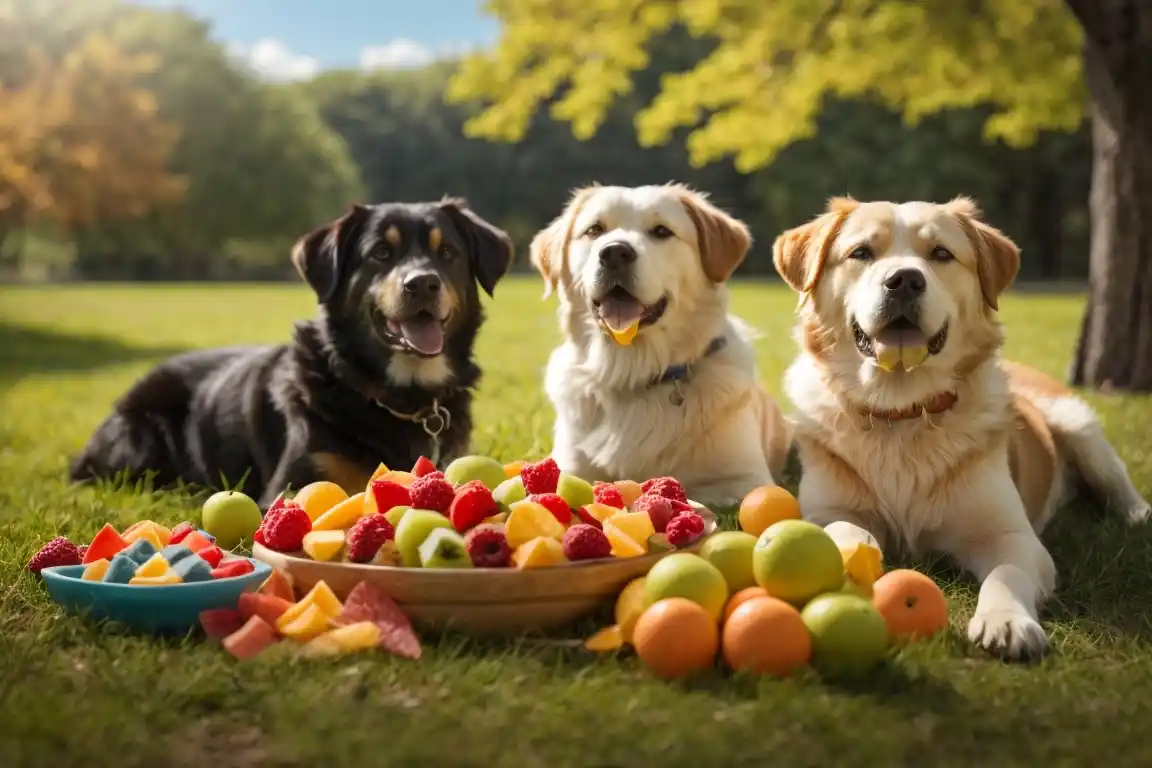Can dogs eat farro?
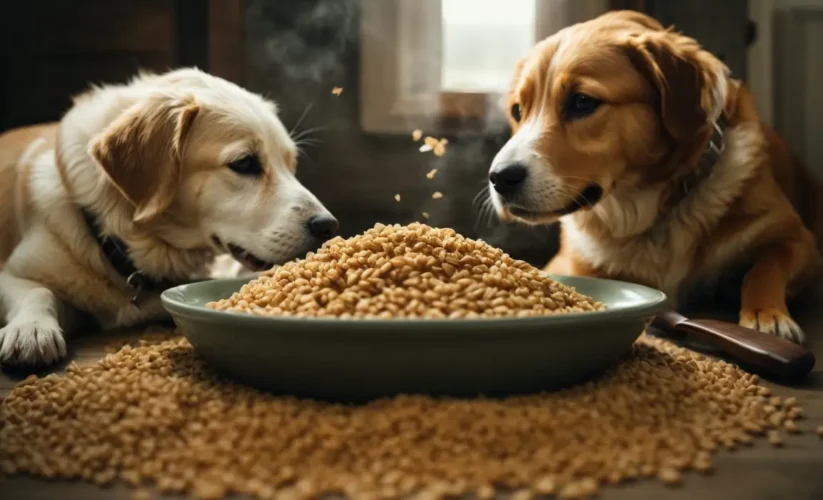
As an experienced dog blogger and a dedicated dog owner, I’ve always been deeply invested in exploring the nuances of canine nutrition. Our furry companions rely on us to make informed choices about their diets, and it’s a responsibility I take to heart. One of the most intriguing questions I’ve come across is: “Can dogs eat farro?” This ancient grain, with its rich history in human cuisine, poses an interesting dilemma for dog owners. Farro, known for its dense nutrients and distinctive nutty flavor, has been a staple in various cultures for centuries. But does it hold the same value for our canine friends?
In this detailed exploration, I aim to dissect the potential benefits and drawbacks of including farro in a dog’s diet. This journey isn’t just about farro; it’s a deeper dive into the role of grains in canine nutrition—a topic that has sparked much debate among pet owners and veterinarians alike. The goal here is to provide a thorough, research-based analysis that can guide dog parents in making the best dietary choices for their pets.
Understanding the nutritional needs of dogs is crucial. Unlike humans, dogs have different dietary requirements, which can vary widely based on their size, breed, age, and health condition. While we often project our own dietary preferences and beliefs onto our pets, it’s important to approach their nutrition from a canine-centric perspective. This means considering not only the nutritional content of foods like farro but also how they align with a dog’s digestive system and overall health.
As we embark on this informative journey, we’ll explore the components of farro, its nutritional value, and how it might impact a dog’s health. We’ll weigh the benefits against the potential risks, and compare farro with other grains commonly incorporated into dog diets. By the end of this exploration, you’ll have a comprehensive understanding of where farro stands in the spectrum of canine-friendly foods.
Is Farro Good for Dogs?
Farro, an ancient grain that’s been a dietary staple for thousands of years, is known for its rich nutrient profile. But when addressing ‘Can dogs eat farro?’, it’s crucial to consider not just its nutritional value, but also its suitability for the unique dietary needs of our canine companions.
Firstly, farro is a great source of complex carbohydrates, providing a steady and slow-releasing source of energy. This is particularly beneficial for active dogs who require sustained energy throughout the day. The fiber content in farro is another plus. Fiber plays a crucial role in maintaining good digestive health, ensuring regular bowel movements and aiding in the prevention of constipation and diarrhea.
In terms of vitamins and minerals, farro is a treasure trove. It’s rich in B vitamins, including niacin, which is essential for maintaining healthy skin and coat. Farro also contains magnesium, which supports nerve and muscle function, and antioxidants like vitamin E and selenium, which help protect against oxidative stress and boost the immune system.
The protein content in farro is noteworthy too. While it’s no replacement for the animal proteins that should form the bulk of a dog’s diet, the protein in farro can complement the overall protein intake, especially for dogs on a vegetarian diet.
However, it’s important to prepare farro correctly. It should be cooked thoroughly to ensure it’s easily digestible. Dogs have a shorter digestive tract compared to humans, and improperly cooked grains can be difficult for them to process.
When introducing farro or any new food to your dog’s diet, it’s vital to do so gradually. This allows you to monitor for any adverse reactions, such as allergies or gastrointestinal upset. The serving size should be small, particularly initially, and it’s always advisable to consult with your veterinarian to determine the right portion for your dog’s size, age, and activity level.
Another aspect to consider is the holistic view of your dog’s diet. While farro can be a healthy addition, it should not overshadow the primary components of a dog’s diet—high-quality animal proteins and fats. Dogs are omnivores but lean towards a carnivorous diet, so grains should only play a minor role in their overall nutritional intake.
Is Farro Bad for Dogs?
While farro can offer several health benefits to dogs, there are also some potential drawbacks that need to be considered when answering the question, ‘Can dogs eat farro?’. The most significant concern is its gluten content. Farro is a wheat grain and, as such, contains gluten. For dogs with gluten allergies or sensitivities, consuming farro can lead to adverse reactions, including gastrointestinal distress like vomiting and diarrhea, and in severe cases, allergic reactions.
Another factor to consider is the caloric density of farro. It’s a carbohydrate-rich food, and if not portioned properly, it can contribute to weight gain, particularly in less active or older dogs. Weight management is crucial in dogs as obesity can lead to a myriad of health issues, including diabetes, heart disease, and joint problems.
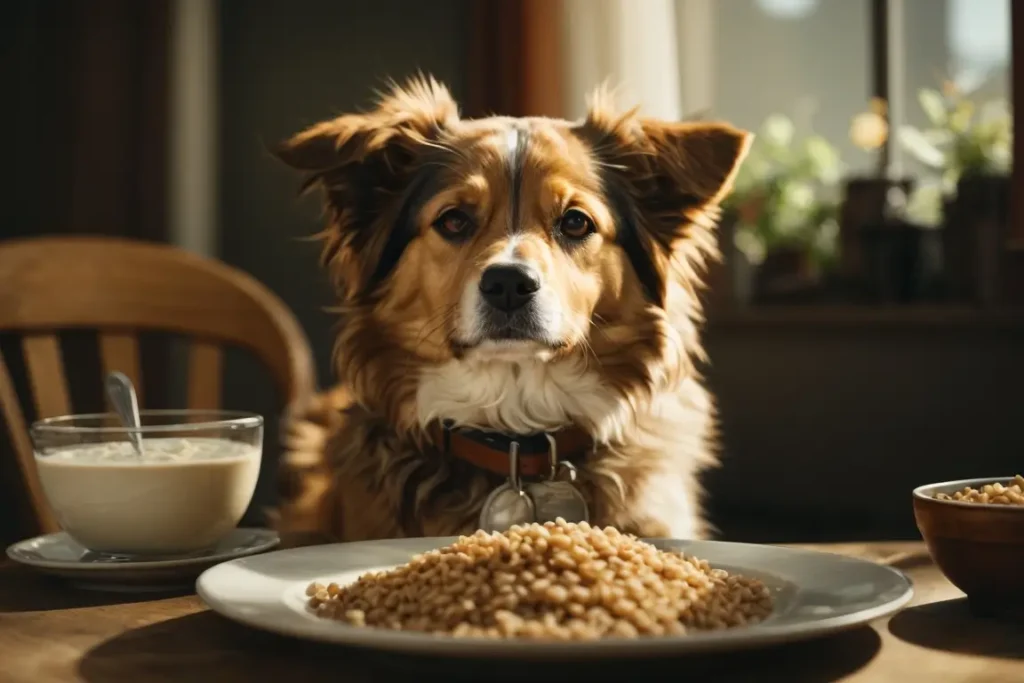
The high fiber content in farro, while beneficial in moderation, can also be a double-edged sword. Excessive fiber can lead to bloating, gas, and discomfort in dogs, particularly if they are not used to high-fiber diets. This is why it’s crucial to introduce farro gradually into your dog’s diet and in small amounts.
Moreover, for dogs with specific health conditions, such as diabetes, the introduction of farro should be approached with caution. The carbohydrate content in farro can impact blood sugar levels. Dogs with diabetes or other metabolic disorders should be closely monitored by a veterinarian when making any significant dietary changes, including the addition of grains like farro.
The preparation of farro is another aspect that requires attention. Uncooked or improperly cooked farro can be difficult for dogs to digest and may lead to gastrointestinal issues. It’s essential to cook farro thoroughly and avoid adding any seasonings or additives that could be harmful to dogs.
Are Other Grains Safe For Dogs?
When considering the inclusion of grains in a dog’s diet, it’s essential to understand that not all grains are alike in terms of their nutritional value and suitability for dogs. Grains like brown rice, oats, and quinoa are generally considered safe and can be beneficial in moderation.
Brown rice is a commonly used grain in dog foods. It’s a good source of carbohydrates and is rich in fiber, which can aid in digestion. It’s also packed with essential nutrients like vitamins, minerals, and antioxidants. Brown rice is typically well-tolerated by dogs and is a good option for those with sensitive stomachs.
Oats are another excellent choice for dogs. They are high in fiber, which is beneficial for digestive health, and are a good source of vitamins and minerals, including Vitamin B, which is crucial for maintaining a healthy coat and skin. Oats also contain linoleic acid, a type of omega-6 fatty acid that supports skin health.
Quinoa is a bit of a superfood and can be a great addition to a dog’s diet. It’s high in protein and contains all nine essential amino acids, making it a complete protein source. It’s also gluten-free, which makes it a safe option for dogs with gluten sensitivities.
However, like farro, these grains should be introduced slowly and in moderation. It’s crucial to cook them properly to ensure they are easily digestible for dogs. Also, it’s important to keep an eye out for any allergic reactions or sensitivities.
Final Thoughts
In conclusion, farro can be a nutritious addition to your dog’s diet, but it’s not without its caveats. Its high fiber content, vitamins, and minerals can offer health benefits, yet its gluten content and caloric density require careful consideration. Like with any dietary change, it’s essential to consult with your veterinarian and introduce farro slowly to gauge your dog’s tolerance.
Other grains like brown rice, quinoa, and oats can also be healthy alternatives, provided they are served in moderation and in accordance with your dog’s specific dietary needs. Remember, the key to a healthy diet for your dog lies in balance and variety, ensuring they receive all the necessary nutrients for a long and healthy life.
In the world of canine nutrition, knowledge and caution are your best tools. By understanding the benefits and risks of different foods, like farro, you can make informed decisions that contribute to your furry friend’s wellbeing.


